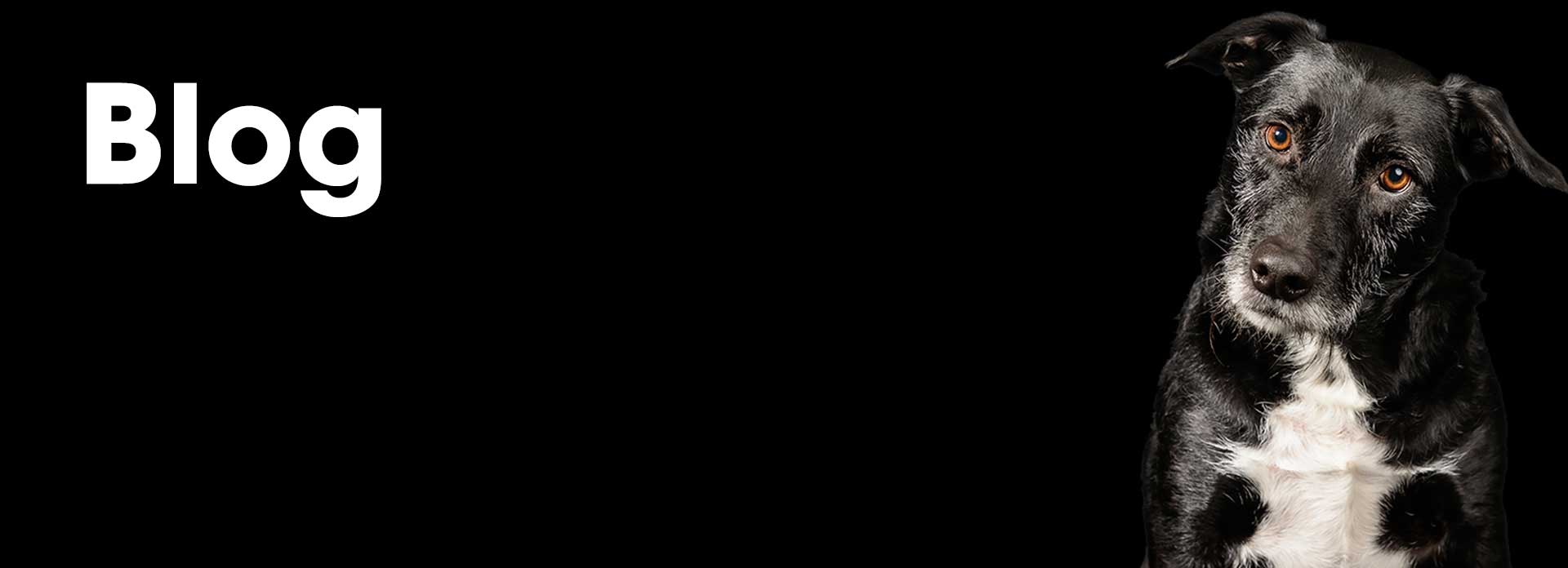NOTE: This post was originally featured on the Carpe-K9 blog and is copied here with the author’s permission.
“If your actions inspire others to dream more, learn more, do more and become more, you are a leader.” ~John Quincy Adams
Dog owners have heard for years how dogs need us to be good leaders. But few people really understand how to take charge and be a leader to their dogs, because we get so caught up in our emotions about them—especially when we adopt dogs that have been given up or abandoned. This is natural; dogs are creatures who depend upon us for survival, and who may or may not have suffered abuse or neglect before they came to us. Wanting to protect them and nurture them is normal.
However, it is important that we not get caught up in what writer Jon Katz refers to as the “Abuse Excuse,” as it does nothing constructive for the dogs. The “Abuse Excuse” says that owners should not endeavor to train or discipline or even control their pooches, because of the horrible lives they have had. “Abuse Excusers” consider training and structure to be too difficult for these dogs to deal with. They prefer to live in the past, to make excuses, to pity the dogs, and think that their new dogs should just be able to do as they wish with little structure or guidance.
The problem with this approach is that it is a cop-out, and it is plain false. Structure and leadership and training are precisely what dogs need most when they arrive in a new home. The stress of being kenneled, abused, neglected, or abandoned can be lessened greatly when the new owners take a positive role and become the leaders their new dogs need.
Your new dog is looking to you for leadership and rules in this new confusing place. The faster you put a good structure into place, the better off he will be. In fact, the previous owners’ lack of structure is probably why the dog ended up in the shelter to begin with! So get him started right by stepping up to the plate and truly being his best friend.
A leader does not wallow in the dog’s past—she plans for the future. A leader does not feel sorry for the dog, he builds confidence in the dog with training and guidance. A leader is firm but fair, prevents bad behaviors and sets the dog up to succeed, praises and rewards more than she criticizes or punishes, and knows that dogs are not humans in little fur coats. A leader refuses to make excuses for the dog.
Be a leader; your dog will thank you for it. It is truly the most humane act.
